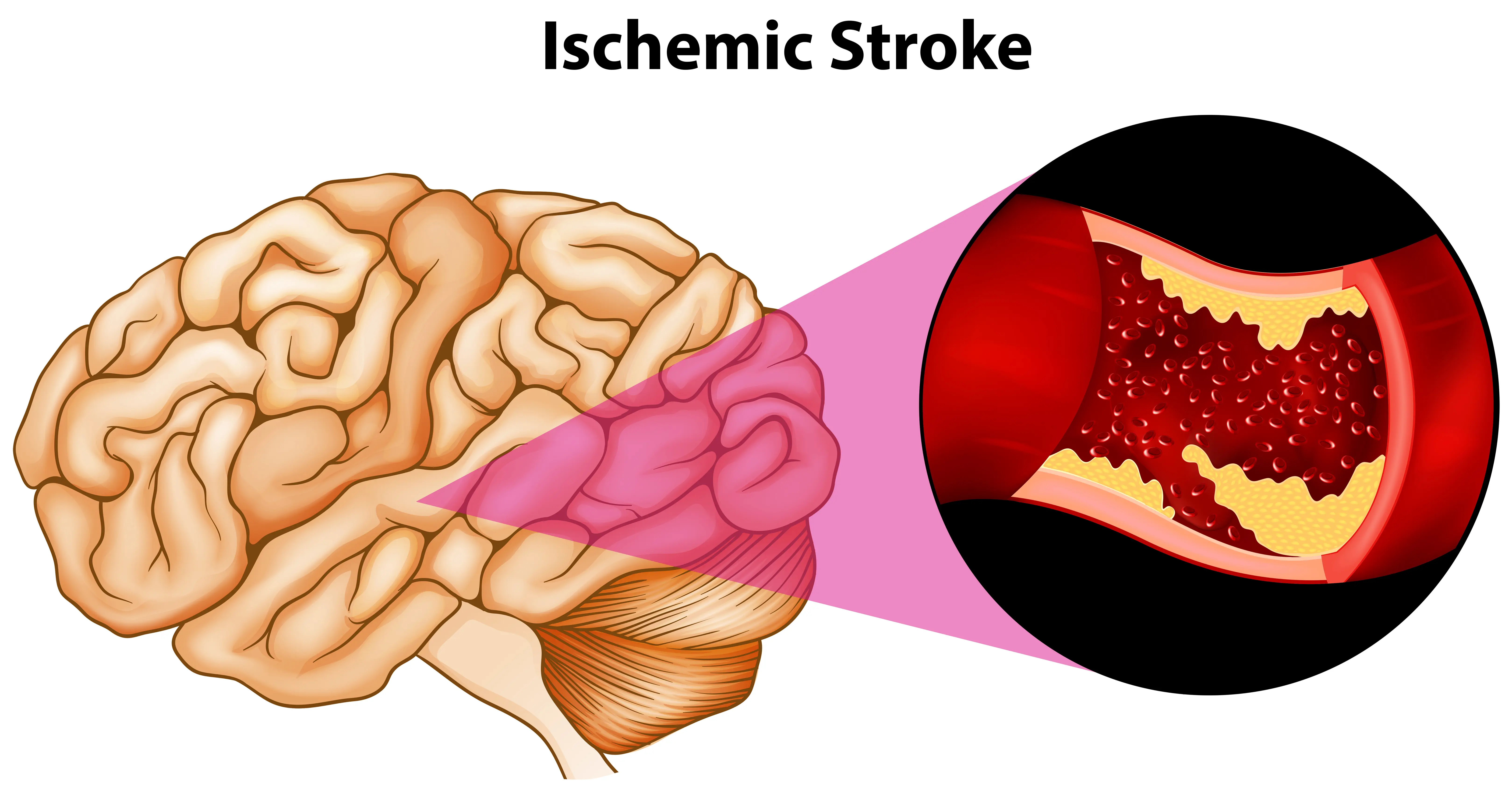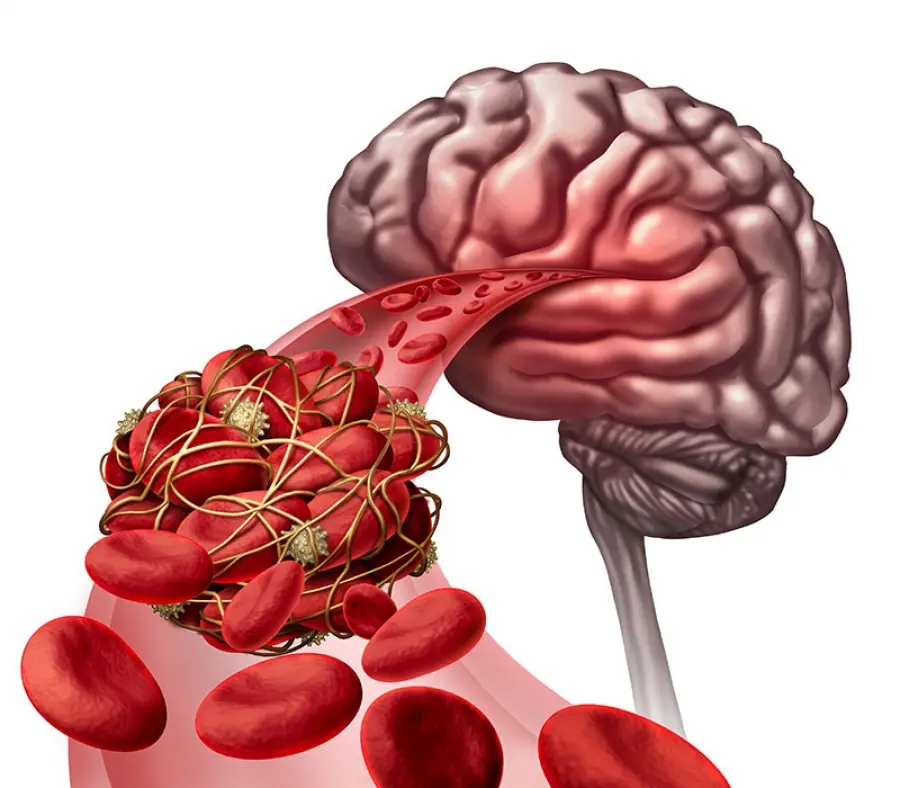Can Ischemic Stroke be Cured?
Sometimes
Treatment aims to restore blood flow and minimize brain damage; outcomes depend on the extent of brain injury and the success of intervention; rehabilitation can improve function and quality of life

What is Ischemic Stroke?
Ischemic stroke occurs when a blood clot blocks a blood vessel in the brain, leading to reduced blood flow and potential brain damage. Prompt medical intervention with clot-dissolving medications or procedures is crucial to minimize damage. Rehabilitation and ongoing management aim to prevent future strokes and address residual effects.

Clinical Aspects

Characteristics
Type of stroke caused by a blockage or clot in the blood vessels supplying the brain, leading to reduced blood flow and oxygen delivery to brain tissue

Symptoms
Sudden numbness or weakness in the face, arm, or leg, difficulty speaking or understanding speech, confusion, dizziness

Diagnosis
Imaging studies, clinical evaluation

Prognosis
Variable, depends on the extent and location of the stroke

Complications
Neurological deficits, complications affecting daily life
Etiology and Treatment

Causes
Blood clot (thrombus) or embolism blocking a cerebral artery

Treatments
Clot-dissolving medications (thrombolytics), mechanical thrombectomy, antiplatelet medications (aspirin), rehabilitation

Prevention
Clot-dissolving medications (thrombolytics), mechanical thrombectomy, antiplatelet medications (aspirin), rehabilitation
Public Health and Patient Perspectives

Epidemiology
Blockage of blood flow to the brain

Patient Perspectives
Emergency medical attention, rehabilitation, management of risk factors
For personalized advice and care, always seek the assistance of healthcare professionals. This information is meant for general understanding and not as a replacement for professional medical advice.
Share: